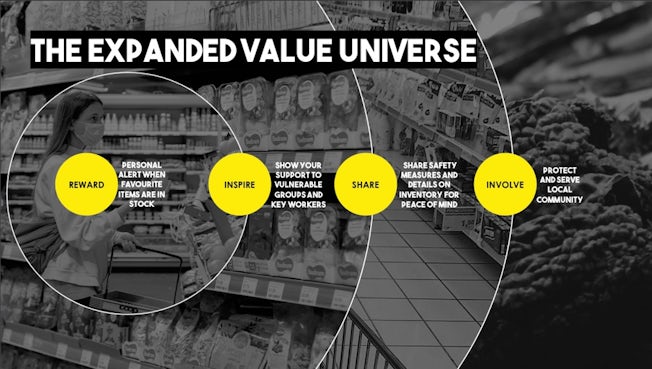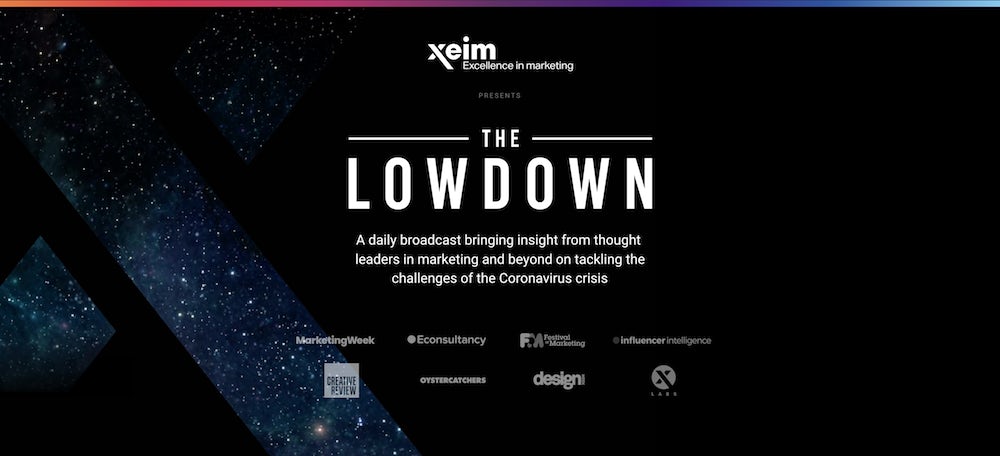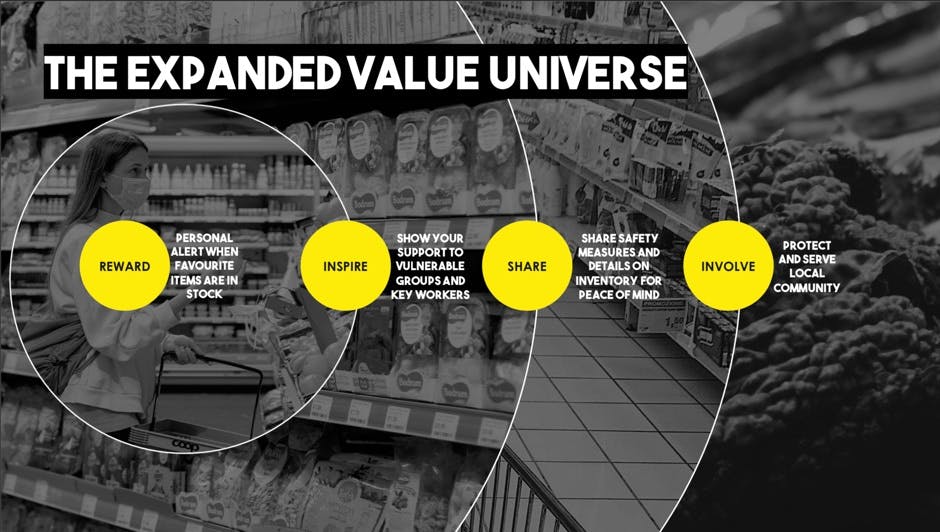The Covid-19 pandemic is changing the world as we know it: borders are closed and countries in lockdown, many events are cancelled or postponed. In short, things won’t get back to normal anytime soon.
In this context, what does it mean for retail brands, and what should they do when everything changes?
In November 2019, I outlined five key drivers of retail success. Here, I will explore how these drivers can be applied to retail brands facing unprecedented change during the Covid-19 outbreak.
1. Define a cultural context
With the virus outbreak, a new polarization may well be upon us. Financially, people are being affected in different ways, as some can still work whilst spending less (remotely or not), whilst others are on furlough and unfortunately, some have lost their jobs.
Now more than ever, brands have to adapt and show empathy if they want to stay relevant to consumers in the future. Avoiding being too enthusiastic in tone, they should be thinking about finding unique ways to help people through the crisis and use existing resources to make it happen. Their messaging should reflect the things that people want to know about, such as how to get basic supplies or staying in control while staying home.
Many grocers are leading the way, helping the most vulnerable people and NHS workers to do their shopping the safest way possible by establishing priority hours and additional delivery services.
2. Seek the right emotional connection
It’s acknowledged that buying decisions are often driven by feelings and emotions. A framework of emotional motivators defines feelings that significantly impact customer value.
In this context, I’ve picked the ones that I think are the most relevant:
A sense of security and confidence in the future are connected. Brands must assure consumers that what’s happening now will turn around, by providing a positive mental picture of what’s to come.
A sense of wellbeing seems paramount. During this crisis, many people will be looking for ways to improve their wellbeing, be it physical or mental.
3. Expand the value universe
Whilst some brands have played on small activations during the crisis, others have expanded their product offerings, aiming to provide real value at a time of need.
For example, Costa has responded quickly since having to close its stores, immediately introducing an offer of free coffee to NHS staff and frontline workers. It’s also managing to keep customers engaged with emails providing Coffee Club members with useful weekly content such as iced coffee or cafetiere recipes. All of this will help to keep Costa’s brand front of mind and help enhance its reputation.
During the outbreak, grocers have moved from being food providers to providing health and safety at the frontline of the crisis. They’ve swiftly adapted from providing discounts and 3-for-2s to enter a much more meaningful space, even supporting vulnerable groups and key workers.

4. Brand inclusivity
Brand inclusivity will play a big role in customer relationships during the Covid-19 outbreak. People want to belong to something bigger. It’s not about loyalty card points anymore, but about understanding consumers and meeting them where they wouldn’t necessarily expect you.
As an example, Deliveroo, Just Eat and Uber Eat all have announced that they are now offering grocery deliveries directly to their customers. They are encouraging positive behaviour by setting the example.
Nike has launched a global campaign inviting people to ‘play for the world’ and stay home. It was shared by many athletes on Instagram including Tiger Woods and Michael Jordan.
5. Digital and offline together
Linking the online and offline experience was already a key challenge for many retailers but, given the current circumstances, it’s even more important to have a strategy that joins things up for consumers.
Designer Colours, a North London paint and DIY shop, has started to organise pickup slots at its premises, whilst keeping its shop closed, reducing risk for its staff and customers. Customers can shop on the website, pay on the phone, pick up their products at an entrance to the store and avoid close contact.
With all of this in mind, it’s important to recognise the very real challenges facing these brands, which impact much more than marketing and communications. Many retail brands are having to do what they can to survive the coming weeks and months, looking out for their employees as much as they look out for their customers. It’s encouraging that many brands have been able to quickly pivot and fill the shift in demand. When things return to normal, even if it’s a new normal, there will be a chance to evaluate and re-set.





